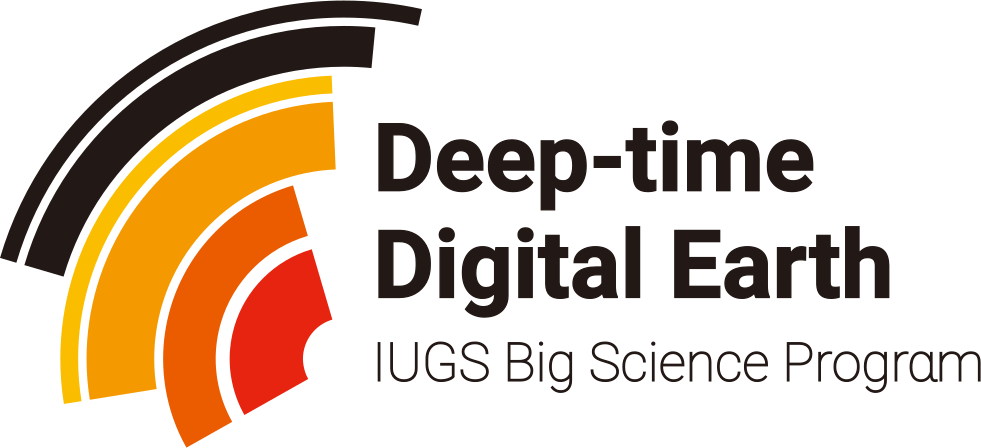
Software design

Software design is the process by which an agent creates a specification of a software artifact, intended to accomplish goals, using a set of primitive components and subject to constraints. Software design may refer to either 'all the activity involved in conceptualizing, framing, implementing, commissioning, and ultimately modifying complex systems' or 'the activity following requirements specification and before programming, as ... a stylized software engineering process.'TEX would have been a complete failure if I had merely specified it and not participated fully in its initial implementation. The process of implementation constantly led me to unanticipated questions and to new insights about how the original specifications could be improved. Software design is the process by which an agent creates a specification of a software artifact, intended to accomplish goals, using a set of primitive components and subject to constraints. Software design may refer to either 'all the activity involved in conceptualizing, framing, implementing, commissioning, and ultimately modifying complex systems' or 'the activity following requirements specification and before programming, as ... a stylized software engineering process.' Software design usually involves problem solving and planning a software solution. This includes both a low-level component and algorithm design and a high-level, architecture design. Software design is the process of envisioning and defining software solutions to one or more sets of problems. One of the main components of software design is the software requirements analysis (SRA). SRA is a part of the software development process that lists specifications used in software engineering. If the software is 'semi-automated' or user centered, software design may involve user experience design yielding a storyboard to help determine those specifications. If the software is completely automated (meaning no user or user interface), a software design may be as simple as a flow chart or text describing a planned sequence of events. There are also semi-standard methods like Unified Modeling Language and Fundamental modeling concepts. In either case, some documentation of the plan is usually the product of the design. Furthermore, a software design may be platform-independent or platform-specific, depending upon the availability of the technology used for the design. The main difference between software analysis and design is that the output of a software analysis consists of smaller problems to solve. Additionally, the analysis should not be designed very differently across different team members or groups. In contrast, the design focuses on capabilities, and thus multiple designs for the same problem can and will exist. Depending on the environment, the design often varies, whether it is created from reliable frameworks or implemented with suitable design patterns. Design examples include operation systems, webpages, mobile devices or even the new cloud computing paradigm. Software design is both a process and a model. The design process is a sequence of steps that enables the designer to describe all aspects of the software for building. Creative skill, past experience, a sense of what makes 'good' software, and an overall commitment to quality are examples of critical success factors for a competent design. It is important to note, however, that the design process is not always a straightforward procedure; the design model can be compared to an architect’s plans for a house. It begins by representing the totality of the thing that is to be built (e.g., a three-dimensional rendering of the house); slowly, the thing is refined to provide guidance for constructing each detail (e.g., the plumbing lay). Similarly, the design model that is created for software provides a variety of different views of the computer software. Basic design principles enable the software engineer to navigate the design process. Davis suggests a set of principles for software design, which have been adapted and extended in the following list:


